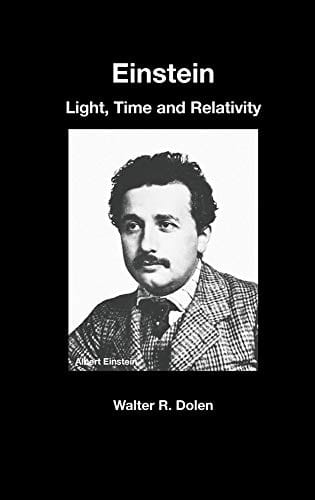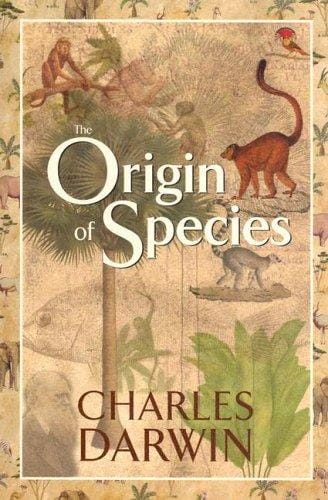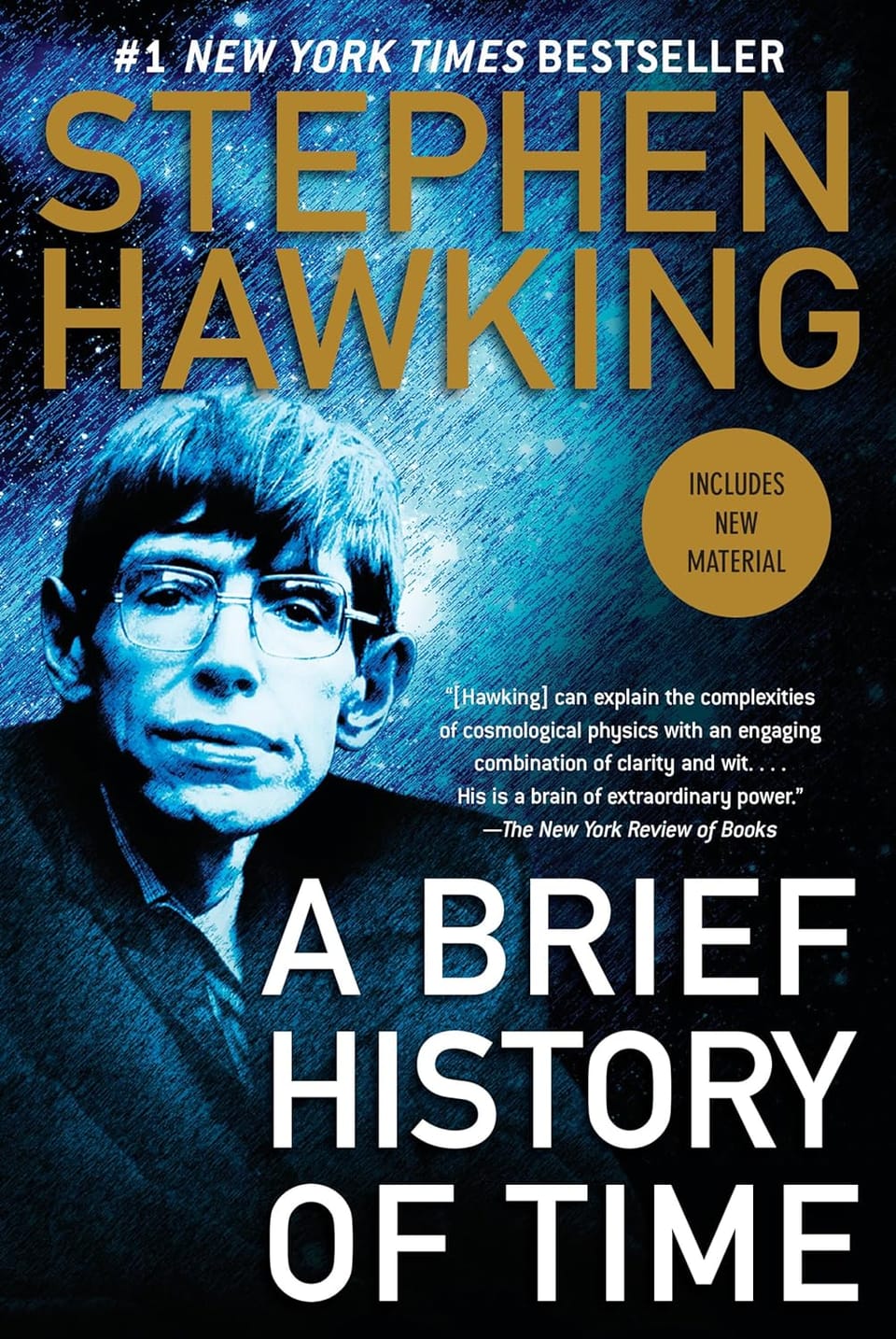Einstein: The Genius Who Reshaped Our Understanding of the Universe
Comprehensive look at Albert Einstein's life, breakthrough theories, and global influence, written for students, educators, and science enthusiasts.

Introduction: Why Einstein Still Matters
Albert Einstein stands as the definitive symbol of scientific genius, recognizable by his disheveled hair and penetrating eyes as much as by the elegant equations that bear his name. More than seven decades after his death, his ideas continue to fuel technological innovation, inspire popular culture, and guide the deepest inquiries in physics and cosmology. From everyday conveniences like GPS navigation to the ambitious search for gravitational waves, Einstein’s theories form the invisible framework underlying much of modern life.
Early Life and Education
Born on 14 March 1879 in Ulm, Germany, Einstein grew up in Munich within a secular Jewish family that valued learning and curiosity. He was slow to speak as a child—a fact often embellished into legend—but quickly demonstrated an intense fascination with geometry and music. Disenchanted with rigid instruction at the Luitpold Gymnasium, he left Germany for Switzerland, completing secondary school in Aarau before enrolling at the Swiss Federal Polytechnic in Zurich. There he met lifelong friends, including future wife Mileva Marić, and honed the problem-solving skills that would later transform physics.
The Patent Office Years: Incubating Revolutionary Ideas
Unable to secure a university teaching post, Einstein accepted work as a technical expert at the Swiss Patent Office in Bern. The job, though far from glamorous, granted him ample downtime to ponder fundamental questions about light, time, and energy. Evaluating patent claims trained him to cut through clutter and focus on essential principles—an approach that influenced his scientific style. Evenings were spent discussing physics with a small circle called the "Olympia Academy," whose critical yet supportive debates sharpened Einstein’s thinking and prepared him for an unprecedented burst of creativity.
The Annus Mirabilis Papers of 1905
In 1905, often dubbed his “annus mirabilis” or miraculous year, Einstein published four papers in the journal Annalen der Physik that forever altered science. One explained Brownian motion, providing strong evidence for the existence of atoms. Another introduced the photoelectric effect, revealing light’s particle nature and planting seeds for quantum mechanics. The third paper unveiled special relativity, reconciling the laws of physics for observers in uniform motion. The fourth, a brief note, derived the now-iconic equation E = mc^2, linking mass and energy in a simple yet profound relationship.
Special Relativity and the Demolition of Absolute Time
Special relativity shattered the centuries-old notion of a universal clock by showing that time dilates and lengths contract depending on an observer’s velocity. Rooted in two postulates—the constancy of the speed of light and the equivalence of physical laws for all inertial frames—the theory required a radical rethinking of simultaneity. Although counterintuitive, its predictions have been confirmed countless times, from particle accelerators to muon decay in the upper atmosphere. Without relativistic corrections, satellites would miscalculate positions, making modern GPS systems drift by kilometers each day.
General Relativity: Gravity as Geometry
Not content with limiting relativity to uniform motion, Einstein spent a decade extending his insights to accelerated frames and gravitational fields. Published in 1915, general relativity describes gravity not as a force but as the curvature of spacetime produced by mass and energy. The eclipse expedition led by Sir Arthur Eddington in 1919 verified the theory by observing the deflection of starlight near the Sun, propelling Einstein to global fame. Today, general relativity forms the backbone of cosmology, underpinning models of black holes, expanding universes, and gravitational wave astronomy.
Nobel Prize and Quantum Contributions
In 1921 Einstein received the Nobel Prize in Physics—not for relativity, which some still viewed skeptically, but for his explanation of the photoelectric effect. By positing that light consists of discrete quanta later called photons, he provided experimental support for Max Planck’s quantum hypothesis and opened doors to semiconductor technology, solar panels, and laser science. Although Einstein wrestled with the philosophical implications of quantum mechanics, famously quipping that “God does not play dice,” his early insights were instrumental in shaping the field.
Later Years: From Berlin to Princeton
Einstein’s rising prominence in Weimar Germany dimmed as political tides turned dark. A vocal pacifist and outspoken critic of nationalism, he became a target for anti-Semitic attacks. In 1933 he accepted a position at the newly founded Institute for Advanced Study in Princeton, New Jersey, where he would remain for the rest of his life. Although he signed a letter urging President Franklin D. Roosevelt to explore atomic research—a move that spurred the Manhattan Project—Einstein later advocated for nuclear disarmament and global governance to prevent future wars.
Enduring Legacy in Science and Culture
Einstein’s scientific contributions permeate technologies we now take for granted, from atomic clocks to medical imaging. His intellectual audacity also inspired generations of thinkers across disciplines, turning “Einstein” into shorthand for brilliance. Museums, documentaries, and biopics keep his story alive, while his playful quotes—“Imagination is more important than knowledge”—decorate classrooms worldwide. In 2015, the first detection of gravitational waves by LIGO offered stunning confirmation of his century-old predictions, demonstrating that his ideas remain cutting-edge rather than historical footnotes.
Conclusion: A Mind for the Ages
Albert Einstein transformed our grasp of reality by revealing that space and time are malleable and that energy hides within mass. Equally important, he modeled a spirit of curiosity, humanitarianism, and courage in challenging accepted norms. Whether studied through the precision of his field equations or the ethical stance of his activism, Einstein’s legacy invites us to question deeply, imagine boldly, and recognize the unity underlying nature’s diverse phenomena—a timeless lesson for scientists and citizens alike.



